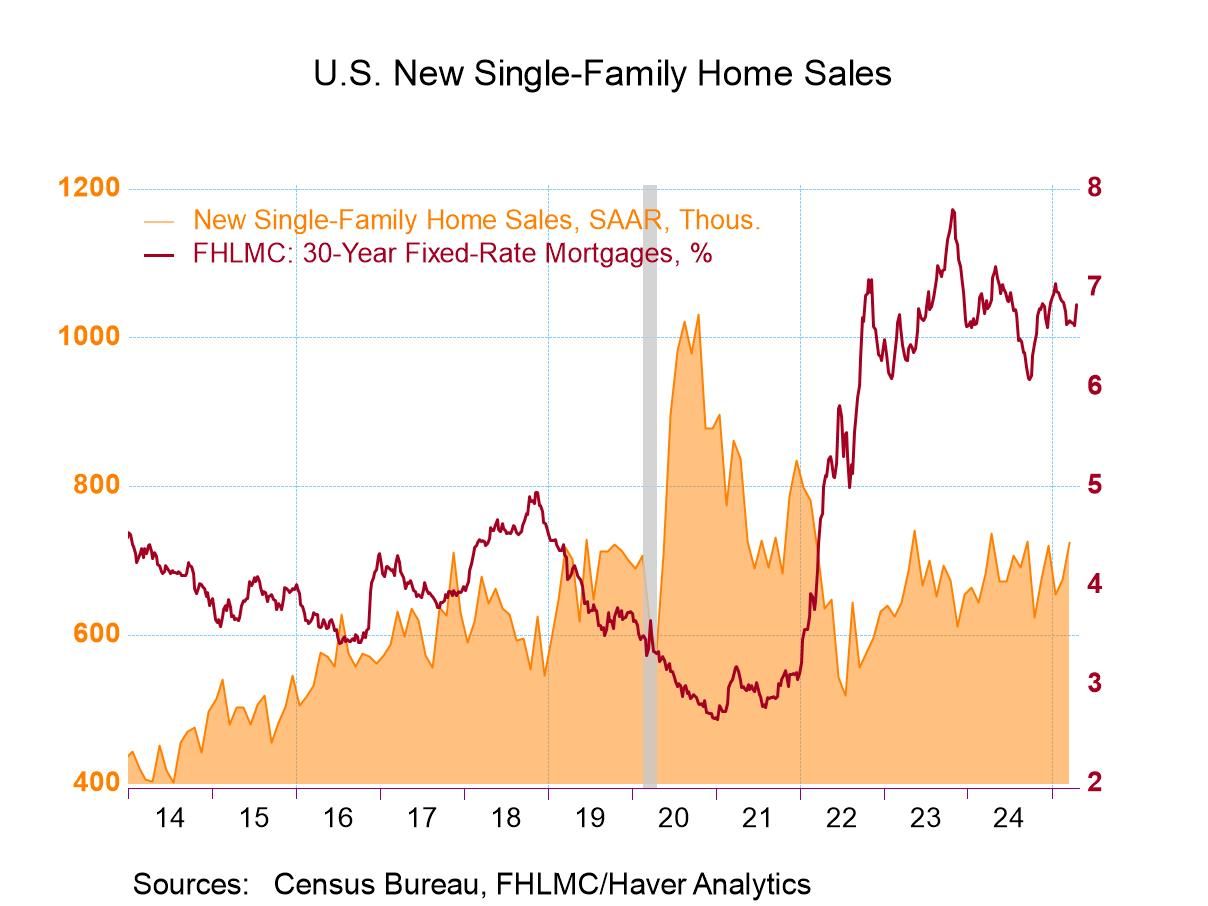U.S. Unemployment Insurance Claims Little Changed in Latest Week
Summary
- Initial claims increase just 3,000 in November 2 week.
- Continuing claims rise 39,000 in October 26 week.
- Insured unemployment rate still 1.2%.


Initial claims for unemployment insurance were 221,000 seasonally adjusted in the week ended November 2, up slightly from 218,000 the week before; that prior week was revised from 216,000. The latest amount was modestly lower than the Action Economics Forecast Survey which had expected 225,000. The four-week moving average of initial claims was 227,250 through the November 2 week, down from 237.000 the prior week.
The total number of unemployment insurance beneficiaries was 1.892 million seasonally adjusted in the week ended October 26, larger than the prior week’s 1.853 million recipients. The earlier amount was revised from 1.862 million. The four-week moving average through the October 26 week was 1.875 million. The number of benefit recipients is also known as “continuing claims.”
Through the October 26 week, the insured unemployment rate was still 1.2%. That is the total number of beneficiaries as a percent of covered employment and has been at that amount since March 11, 2023.
Economic conditions vary widely across states and territories. In the week ended October 19, the highest unemployment rates were in New Jersey (2.18%), California (1.92%), Puerto Rico (1.82%), Washington (1.67%) and Rhode Island (1.62%). The lowest rates were in South Dakota (0.24%), North Dakota and Florida (both 0.36%), Virginia and Alabama (both 0.42%), Kentucky (0.43%) and New Hampshire and Nebraska (both 0.44%). Rates in other notable states include New York (1.47%), Illinois (1.42%), Pennsylvania (1.36%) and Texas (1.04%). These state rates are not seasonally adjusted.
Data on weekly unemployment claims are from the Department of Labor, not the Bureau of Labor Statistics. They begin in 1967 and are contained in Haver’s WEEKLY database and summarized monthly in USECON. Data for individual states are in REGIONW back to December 1986. The expectations figure is from the Action Economics Forecast Survey in the AS1REPNA database.


Carol Stone, CBE
AuthorMore in Author Profile »Carol Stone, CBE came to Haver Analytics in 2003 following more than 35 years as a financial market economist at major Wall Street financial institutions, most especially Merrill Lynch and Nomura Securities. She has broad experience in analysis and forecasting of flow-of-funds accounts, the federal budget and Federal Reserve operations. At Nomura Securites, among other duties, she developed various indicator forecasting tools and edited a daily global publication produced in London and New York for readers in Tokyo. At Haver Analytics, Carol is a member of the Research Department, aiding database managers with research and documentation efforts, as well as posting commentary on select economic reports. In addition, she conducts Ways-of-the-World, a blog on economic issues for an Episcopal-Church-affiliated website, The Geranium Farm. During her career, Carol served as an officer of the Money Marketeers and the Downtown Economists Club. She has a PhD from NYU's Stern School of Business. She lives in Brooklyn, New York, and has a weekend home on Long Island.





